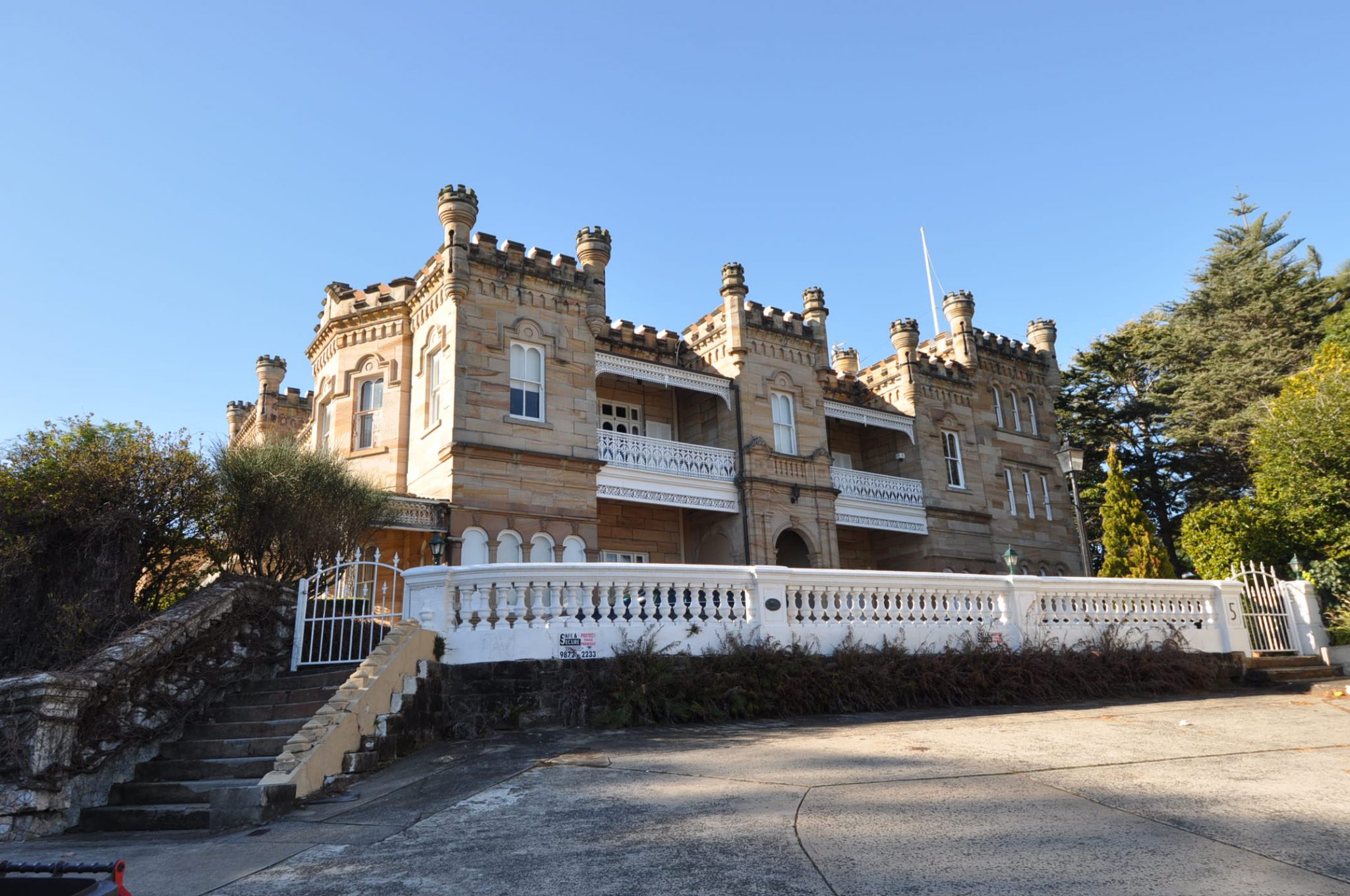Professional Associations
On 7 April 2016, Bass Coast Planning Scheme in Victoria, Australia released its cultural heritage policy. It is an interesting document and has much potential to be generically adopted to other heritage jurisdictions.

Fig 1: Heritage Buildings in Kings Cross, Sydney, NSW, Australia
Firstly, it defines a heritage places as; a place which has identified heritage value and could be a site, area, building, group of buildings, structure, monument, archaeological site, tree, garden, cultural landscape or other place of cultural significance, and its associated land and setting.
Heritage precincts (conservation areas) are defined as follows;
• Containing building stock of previous periods but also other buildings which are significant
• Retaining historically important street layouts and subdivisions; and/or
• Displaying consistency of scale, height, materials and styles within broad periods; and/or
• Displaying a variety of historically or aesthetically related and/or important buildings across a broad range of styles which are substantially visually intact or where altered, the alterations are reversible.
Significant Heritage Places are defined as;
‘Having individual significance, irrespective of the fact that they are contained within a conservation area. Such places provide evidence of the historical, agricultural and social development of the municipality, sometimes on a regional level. Such places make a considerable historic and aesthetic contribution, particularly as a group or representative places which may or may not be in close proximity to each other and their loss would have a fundamental and adverse effect on the cultural heritage of the precinct and the municipality’.
Contributory Heritage Places are defined as;
‘Representative heritage places of local significance which collectively contribute to the significance of the precinct. Such places are representative of the historical, scientific, aesthetic or social development of the municipality and collectively, sometimes of the region. They are visually important elements in the streetscape and provide a cohesive context which reinforces the value of the individual buildings’.
General conservation policy is listed as follows;
• Encourage the conservation and enhancement of heritage places.
• Discourage substantial or intrusive alteration of any heritage place.
• Consider the impact of the proposed use and/or development upon the maintenance and conservation of the heritage place.
• Ensure new buildings and works are respectful of, and not adversely affect, the significance, nature and characteristics of the surrounding area.
• Ensure the bulk, scale, form and setback of any new buildings and works are responsive to existing heritage places.
• Protect significant and contributory heritage places from demolition.
• Encourage the maintenance and repair of heritage places, utilising traditional materials where appropriate.
• Encourage appropriate restoration, alterations and additions.
• Encourage the removal of inappropriate alterations, additions and works that detract from the cultural significance of the place.
Demolition Policy is defined as follows;
• Demolition approvals will not be granted until replacement buildings or works have been approved.
• The derelict state of a heritage place will not, in itself, be a reason for permitting demolition.
• Demolition or removal of buildings will be approved for places identified as not being significant or contributory within a precinct.
• Demolition of part of a heritage place or removal of significant or contributory architectural features and details will not be supported unless that part of a heritage place; has been changed beyond recognition of its original or subsequent contributory character(s); and does not contribute to the character of the streetscape; and negatively impacts upon the cultural significance or architectural nature of the heritage place or precinct;
Subdivision (including consolidation) policy is defined as follows;
• Ensure that the subdivision of heritage places does not adversely affect the heritage significance of the place.
• Ensure that new development as a result of subdivision does not detract from the heritage value of the place.
• Support the excision of a lot occupied by a heritage listed dwelling in rural areas where it is demonstrated that the excision will assist the retention and management of the heritage listed dwelling.
• Ensure that the spatial qualities of the streetscape and immediate environs are not adversely affected.
• Ensure that sufficient curtilage surrounding the heritage place is maintained to retain its significance and to protect any significant views to and from the heritage place.
• Ensure that sufficient significant vegetation and the setting of a heritage place is retained.
Alterations and Additions policy is set out as follows;
• Ensure that the visible original historic fabric remains intact.
• Ensure that original parts of the heritage place to be conserved are distinguishable from the new work.
• Consider the architectural integrity and context of the heritage place.
• Ensure that, where possible, alterations and additions are concealed from view from the public domain.
• Ensure that where it is not possible to conceal alterations and additions from view from the public domain that they are recessive, complementary and not visually dominate a heritage place, street or surrounding area in terms of size, height and bulk when viewed from the public domain.
• Avoid `reproduction’ architecture.
• Avoid blank walls at ground and upper floor levels when viewed from surrounding streets.
• For significant and contributory places, propose upper storey additions that fall within an ‘envelope’ created by projecting a sight line from 1.6 metres above the ground level (average eye height) from a point where the footpath meets the property line directly opposite the site and taken to the line of the new roof ridge.
Infill development policy is defined as follows;
• Ensure the consideration of the context of the heritage place or precinct when designing and siting new buildings.
• Maintain the existing scale, massing, form and siting of new buildings in heritage precincts and adjacent to heritage places.
• Ensure that new buildings adjacent to heritage places are sympathetic to the significance and character of the heritage place and its setting.
Conclusion
I find that the above general conservation policies are succinct and to a certain extent, insofar as local heritage is concerned, universal. I could easily see these policies applied to any heritage assessment or statement of heritage impact. They provide clear guidance to owners, developers, managers, planners, architects and associated professionals as what to do and what not to do when it comes to altering, adding to, modifying, subdividing or undertaking infill development. I could happily see these policies becoming standard in any local environment plan.
Paul Rappoport – Heritage 21 – 3 May 2017
Reference – Bass Coast Planning Scheme Victoria. LOCAL PLANNING POLICIES – CLAUSE 22.03 – 7 April 2016
Related Articles

New Ways of Assessing Heritage Impact
The system we use today in NSW and Australia generally to assess heritage impact is limited and perhaps slightly old…
Read more
Taxing tourism to pay for cultural built heritage
The World Bank (2010) writes that a good investment climate for tourism, underpinned by a sound tax regime, can play…
Read more
Heritage-Tourism – Loving it to Death
How often have we all heard or read the phrase; “Tourism is a driver of economic development”.
Read more
Is Heritage in the Public or Private Interest?
Clearly, the development and pro- conservation approaches are like ships passing in the night. Will there ever be a happy…
Read more

Need help getting started?
Check out our guides.

Complete the form below to contact us today.









